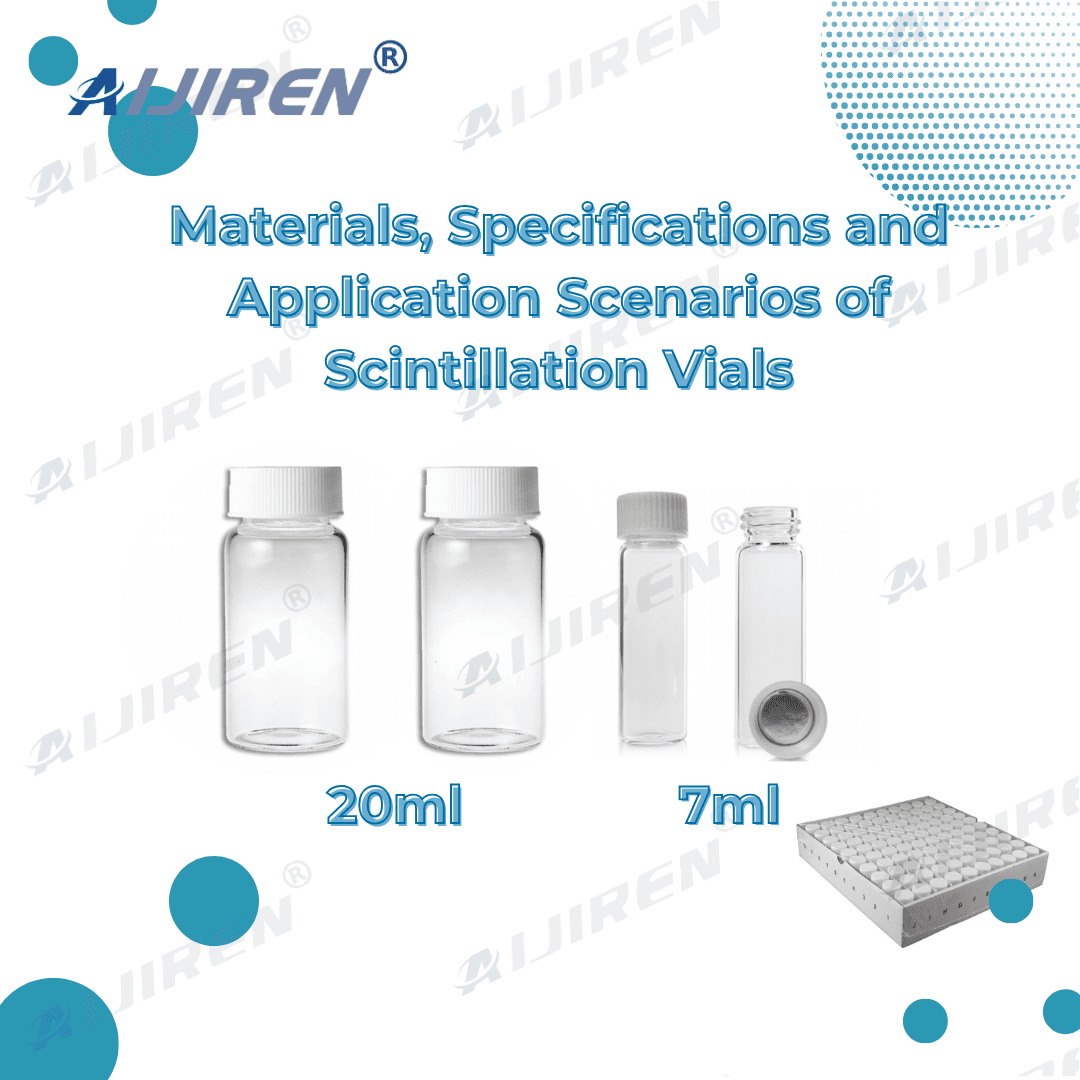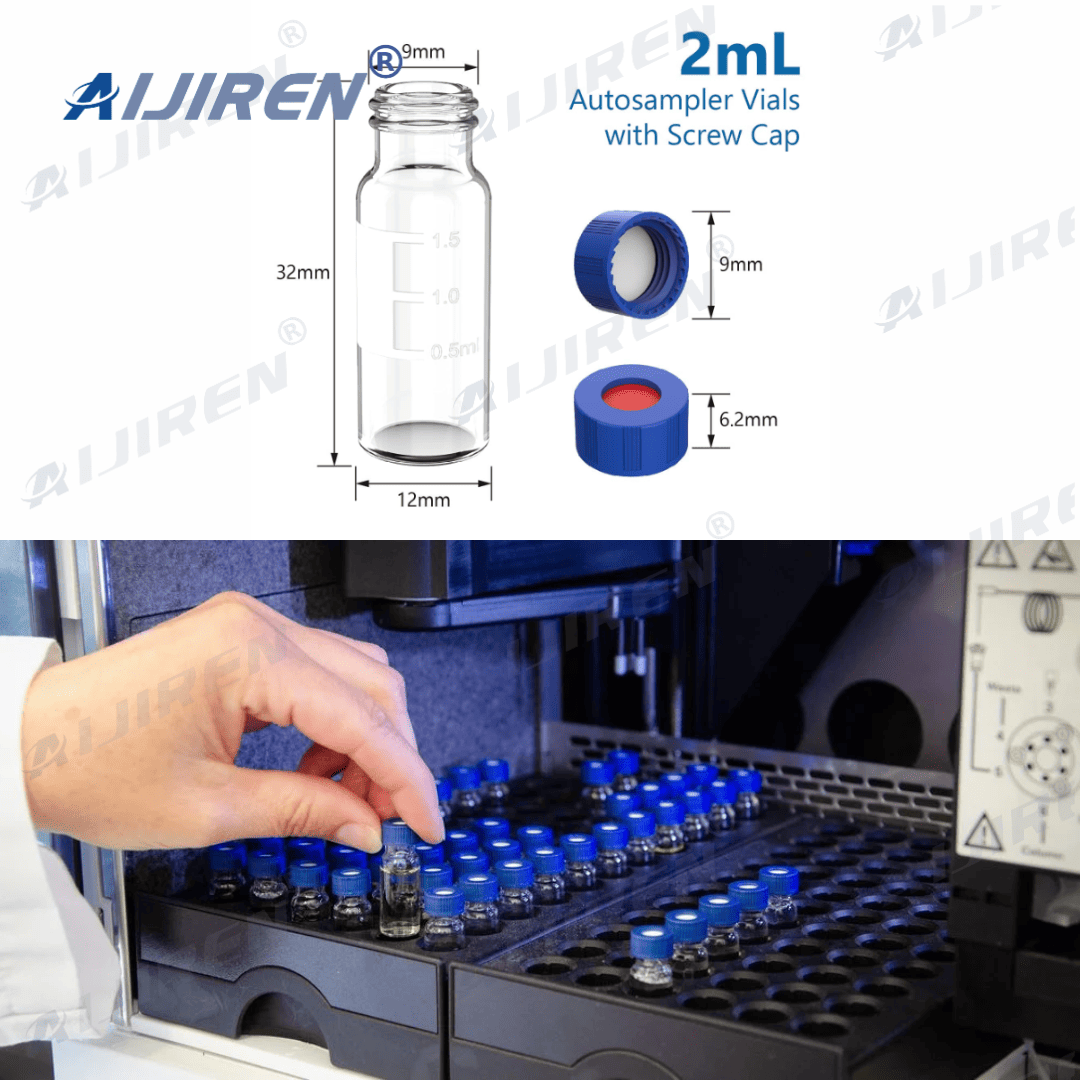20mL Scintillation Vials Comprehensive Guide: Materials, Specifications, and Applications
Explore the comprehensive guide on 20mL scintillation vials, covering materials like borosilicate glass, specifications including 22-400 thread finish, and applications in radioactive sample analysis, environmental monitoring, and biomedical research.
1. Material Analysis: Why Choose Borosilicate Glass?
20mL scintillation vials are typically made from Type I Class A borosilicate glass, conforming to ASTM E438 and USP standards, offering the following advantages:
- Low Background Radiation: Low-potassium glass formulation reduces background interference in β-ray detection.
- Excellent Chemical Inertness: Suitable for organic solvent systems such as toluene and xylene.
- High Light Transmission: Ensures efficient transmission of scintillation light signals
2. Specification Parameters: Dimensions and Thread Standards
Standard 20mL glass scintillation vials typically have the following dimensions and thread specifications:
- Outer Diameter: 28 mm
- Height: 57.5–61 mm
- Thread Specification: 22-400 or 24-400
- Common Cap Materials: Polypropylene (PP), urea resin, with liners including polyethylene cone liners, PTFE films, etc.
3. Typical Application Scenarios
20mL glass scintillation vials are widely used in the following fields:
- Liquid Scintillation Counting: For detecting low-energy β-rays such as ³H and ¹⁴C.
- Environmental Radioactivity Monitoring: Suitable for detecting low-concentration radioactive isotopes in water and soil samples.
- Biological Sample Storage: Used for storing radiolabeled samples in tumor-targeted research.
- Pharmacokinetic Studies: Applicable for sample processing in scintillation liquid systems containing organic solvents.
4. Purchasing Recommendations: How to Choose the Right Scintillation Vial?
When purchasing 20mL scintillation vials, consider the following factors:
- Experimental Requirements: Select appropriate vial materials and cap liners based on the type of radioactivity being detected.
- Sealing Performance: Choose caps and liners with excellent sealing properties to prevent sample evaporation or leakage.
- Compatibility: Ensure the vial’s dimensions and thread specifications are compatible with laboratory equipment.
5. Frequently Asked Questions (FAQ)
Q1: Can scintillation vials be reused?
A1: Glass scintillation vials can be reused after thorough cleaning and ensuring no residual radioactivity, but attention should be paid to the integrity of the cap’s sealing performance.
Q2: How to choose the appropriate cap and liner materials?
A2: Select cap and liner materials based on the chemical properties of the sample; for example, PTFE liners are suitable for highly corrosive samples, while polyethylene cone liners are suitable for general organic solvents.








